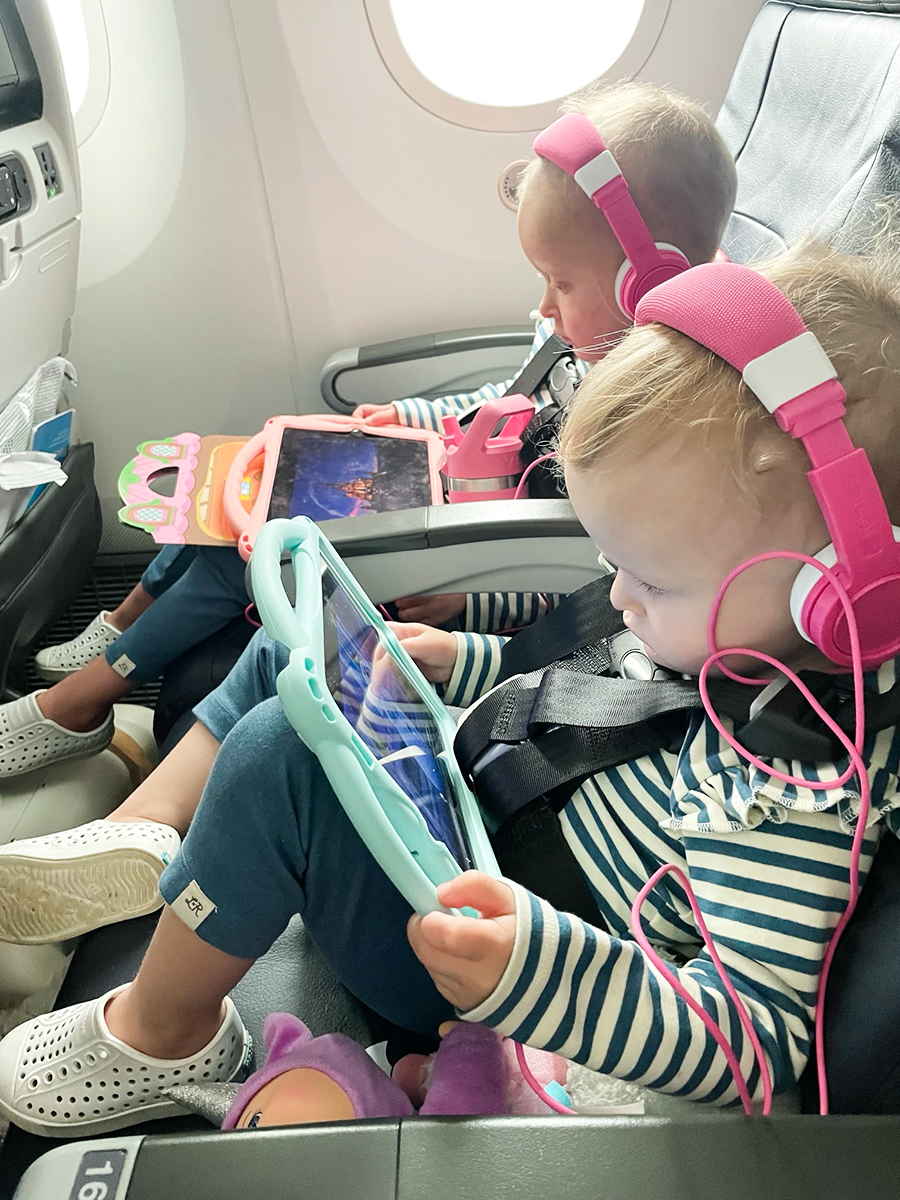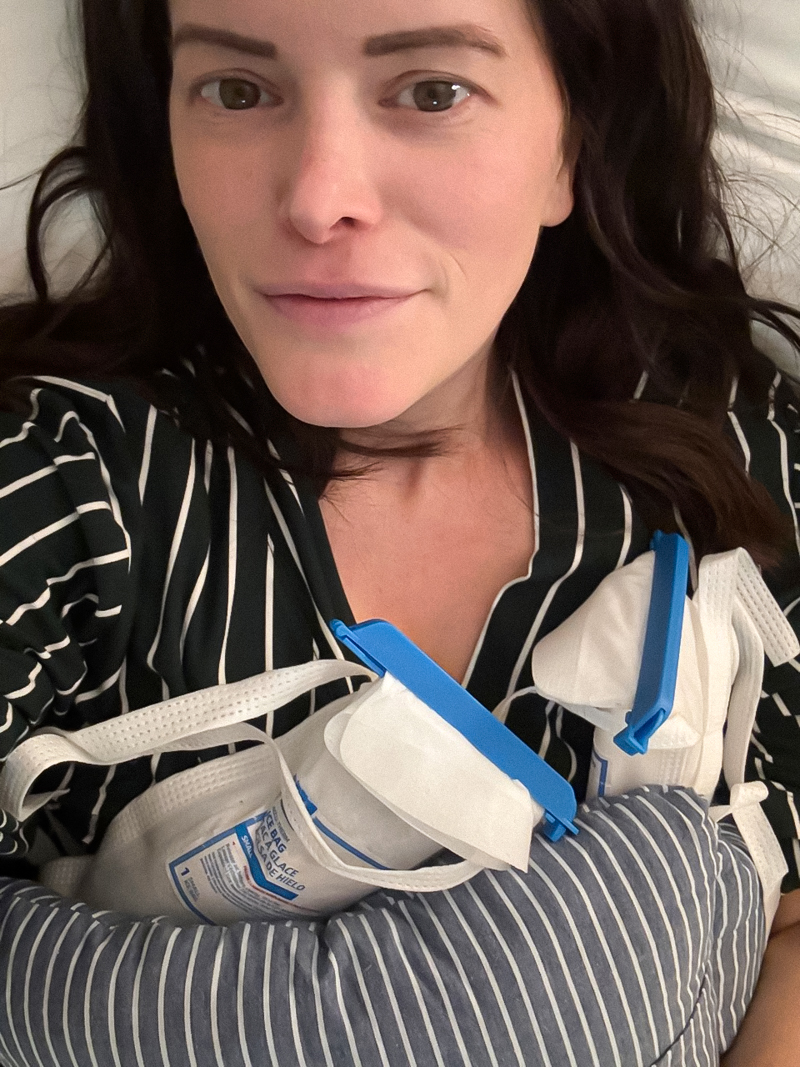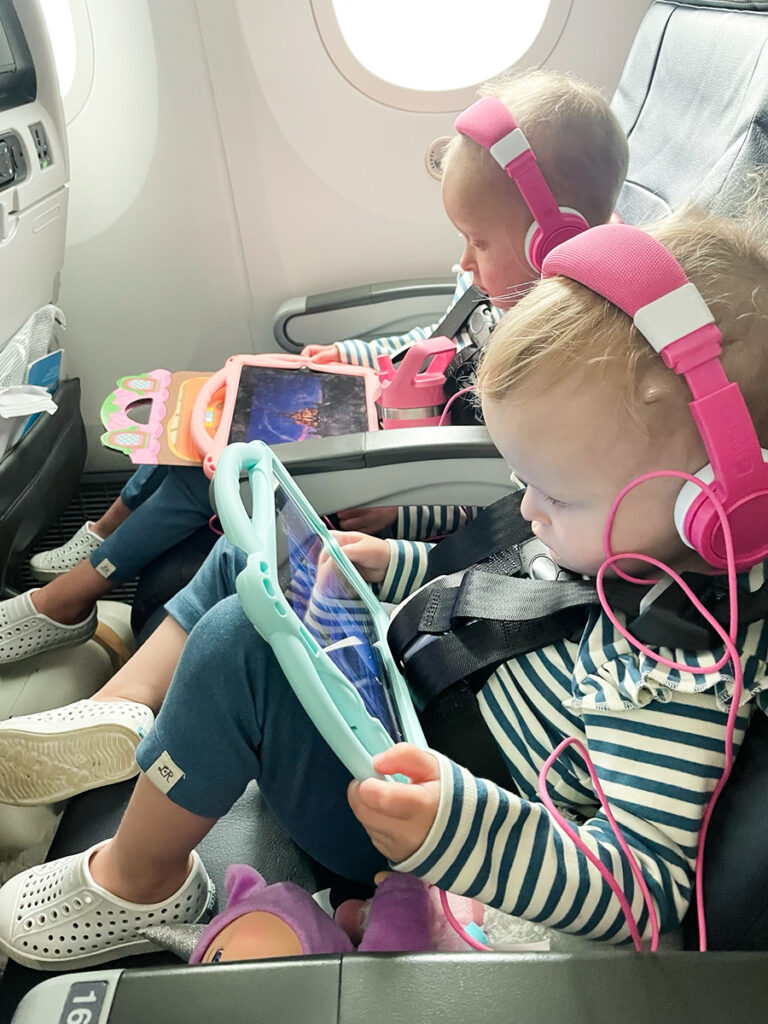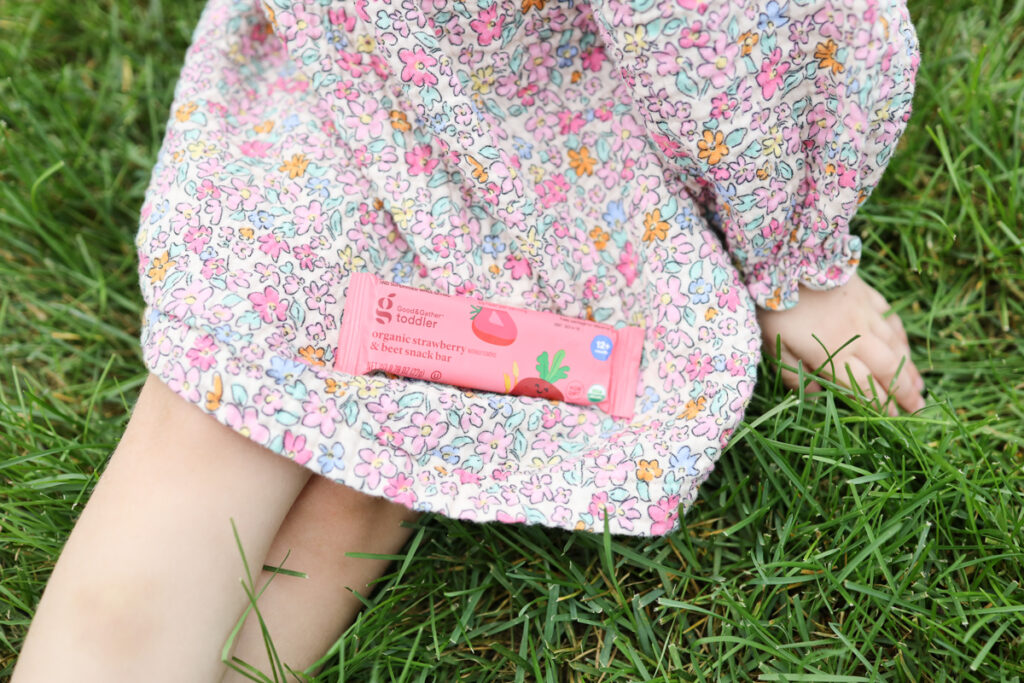Family
What Parents Need to Know About a Tonsillectomy and Adenoidectomy Procedure for Children
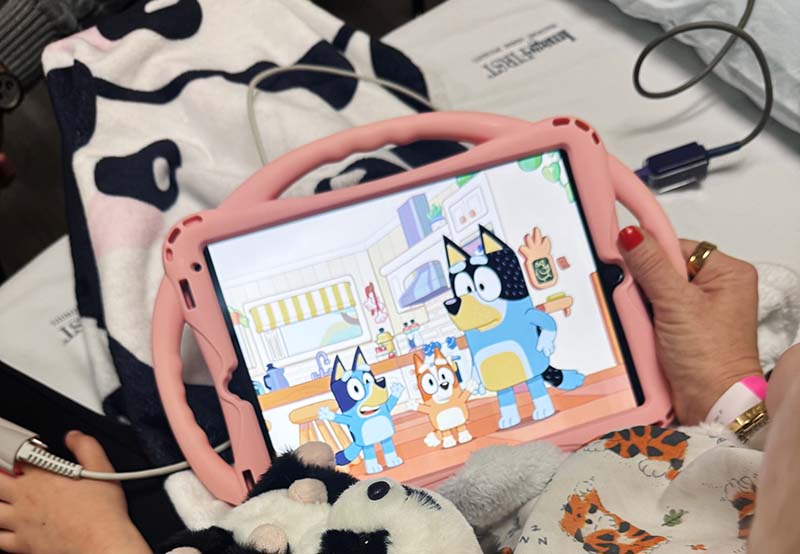
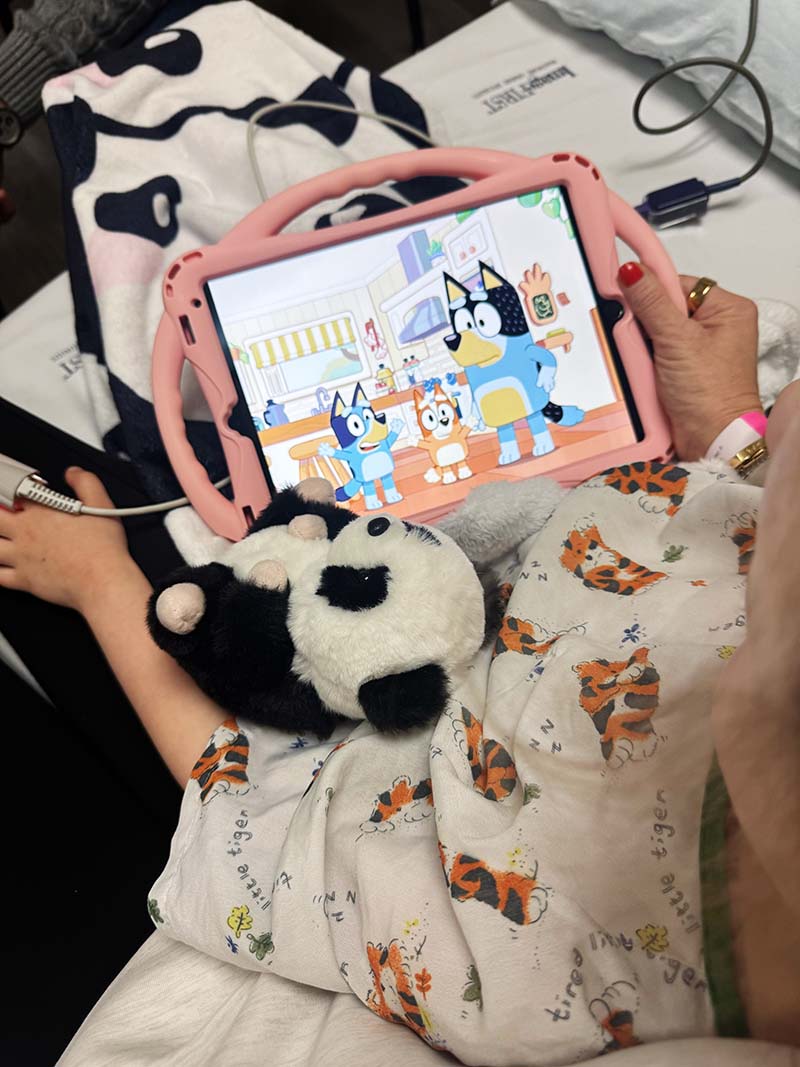
My daughter just finished recovering from a tonsillectomy, turbinate reduction, and her second adenoidectomy. It’s rare, but they can grow back! I want to share my experience and recommendations after going to the wrong doctor who did not, but should have also removed her tonsils, and the procedures she had one year after her first surgery. Here’s what I learned from going through it, and what I wish I had known before her first operation.
What Parents Need to Know about A Tonsillectomy and Adenoidectomy Procedure for Children
I am not a doctor, and nothing here should be seen as medical advice. If you have any questions or concerns, you should always contact your health care provider. I want to share our experience with the hope that it might help someone else. Had I read this post over a year ago, I would have gotten a second opinion and my daughter could have avoided a second surgery.
How We Knew To See an ENT
My daughter was a mouth breather, and snored pretty loudly at night. She also took forever to clear colds, was always congested, and would fall asleep late afternoon some days because she was so tired. I took her to an ENT in early 2024. The ENT may recommend a steroid spray to try to reduce the size of your child’s adenoids which can reduce mouth breathing, which may also result in the reduction of tonsils. This treatment option did not work for my children, but is worth trying, so we moved forward with surgery.
Start With the Right Doctor
This cannot be stressed enough: do your research before choosing your child’s doctor. These procedures are common, but that doesn’t mean every pediatric otolaryngologist (or ENT) is the right fit for your child. Look for a doctor who specializes in pediatric ENT surgery. Ask how often they perform these specific surgeries. Read reviews, talk to other parents, and ask your pediatrician for recommendations.
If you child is struggling with obscructive sleep apnea, chronic snoring, mouth breathing (this was us), or repeated infections like strep throat, your pediatrician or ENT might recommend a tonsillectomy, adenoidectomy, or turbinate reduction. Or in our case, all three. These procedures are often done together and can make a huge difference in sleep, behavior, and overall quality of life.
Get a Second Opinion!
And please—get a second opinion. Even if you feel good about the first doctor, a second opinion can either reinforce your decision or offer a new perspective. Had we seen our new ENT a year ago, we could have saved my daughter from having a second surgery, and would have made breathing and sleep a lot easier for her over the last year.
Our first ENT recommended removing her adenoids and said her tonsils were large but did not have to come out. Flash forward to early 2025. We were at a routine dentist visit, and our dentist asked why her very large tonsils were still in. I shared the story, she immediately guessed who our ENT was, and called the decision to leave them in negligent. I did my research and still had no idea.
My daughter just had her adenoids removed for a second time because in a rare occurrence (I’m talking less than 2% of cases) they can grow back. And my daughter’s adenoids grew back by almost 25% over the past year. But after learning what I have about our first doctor, I am convinced she did not remove them properly, since someone I know went through the same exact thing with the same doctor.
What to Know Before Surgery
It’s common to remove a child’s tonsils and adenoids at the same time, especially when dealing with sleep-disordered breathing. Turbinate reduction (done to improve airflow through the nose) is often added for kids who are chronic mouth breathers. I went into both doctor’s offices not even having heard of a turbinate reduction, and am so glad our ENT recommend it. If your child is scheduled for all three, ask how they approach each one and what recovery will look like.
If your child is under age three a sleep study will likely be recommended before a tonsillectomy. This can be done at a hospital or sleep center, and is essential for monitoring their airway.
No Motrin or ibuprofen for at least a week before surgery. Medications like Motrin, Advil, and other NSAIDs can increase the risk of bleeding during and after surgery. Stick to Tylenol if you need pain medication leading up to the procedure—but always confirm with your surgeon.
Ask the doctor for an anesthesia plan. As a former medical mom, I knew to ask for versed so my daughter would be calm going back to the operating room. Versed can be given orally, and made her pretty loopy, so she was completely unaware of what was going on. The anesthesiologist then put her under using a gas mask, and then placed the IV.
What to Bring to the Hospital or Surgery Center
We had our daughter wear pajamas since we woke her up early. And we brought her (fully charged) iPad with games and favorite shows, a stuffy, and a favorite blanket to keep her calm and cozy.
What It’s Like Post-Op
Ask to be in the recovery area as soon as possible. I asked the nurse to come and get me as soon as possible, ideally before she woke up. I wasn’t called back until she was already waking, so she was pretty upset, but calmed down the second she was in my arms.
Waking up from general anesthesia can be really confusing for little kids. They will likely cry quite a bit and want to rest. Your childWe were fortunate that the surgery center let me pick my daughter up the second she woke up, and I was able to hold her in a quiet recovery room. Your child’s throat will probably be sore. This was the only time she really complained of throat pain, so they gave her some tylenol and she went back to sleep. It was all better than expected.
What Recovery Is Really Like
Recovery varies from child to child. I was warned that the throat pain would be horrible, and she never complained. A friend told me her daughter wouldn’t speak for three days because her throat hurt so badly. Many kids bounce back quickly but around day 4 or 5, as the scabs form and that’s when pain is supposed to peak. Your child may also experience some ear pain. This is when you need to stay on top of meds, make sure they get plenty of fluids, and rest. I was advised by friends who have been through this and our doctor to stay on top of alternating pain medicine round-the-clock, even overnight. Please talk to your doctor about this.
There may be a lingering bad breath smell. It’s normal during healing, especially after a tonsillectomy and was so much more offensive than I ever could have imagined. I will say that the smell seemed worse after her first surgery, and the tonsillectomy didn’t seem to make it any worse.
Have popsicles, cold drinks, and soft foods ready. I stocked up on endless popsicles and ice cream. Deebees are a favorite since they don’t have any added sugar. Think applesauce, warm (not hot)mashed potatoes, pasta, smoothies, yogurt, and scrambled eggs. Avoid anything sharp, acidic, or spicy.
Have a quiet couple of weeks planned. Even if your child seems fine, avoid playdates, sports, camps, or travel for at least 10–14 days. Healing takes time, and bleeding can occur if kids are too active too soon. No running, jumping, climbing, or biking for two weeks!
Sleep Might be Rough For a Week
It’s best to have your child sleep with you to make sure they’re not in pain. It’s also normal for them to be extra tired. Or in our case, your child might wake up screaming and crying every 30-60 minutes because they can’t breathe out of their nose and it’s simultaneously dripping, and they’re miserable. She didn’t seem to be in pain, but the swelling, congestion, and dripping drove her crazy.
Recovering From an Adenoidectomy
The recovery for last year’s adenoidectomy was actually really easy. She did great day one and seemed fine the next day. Her breath was horrendous, and she was still breathing so loud at night, but she didn’t need daily pain meds.
Recovering From a Turbinate Reduction
This was actually the worst of the three. This causes a lot of swelling and drainage in your child’s nose, and this drove my daughter crazy. She was burning through tissues and attempting to blow her nose but couldn’t — it was pretty rough.
Recovering From a Tonsillectomy
Our experience was wildly different (in a good way) when it came to tonsillectomy recovery. I was told to expect a very sore throat from the tonsillectomy, but she only complained of throat pain once. I did stay on top of meds.
Dehydration is the biggest concern. Pain can make it hard for kids to drink, but dehydration is one of the most common reasons kids end up back in the hospital. Offer water, gatorade, popsicles, or whatever keeps them hydrated. We were very fortunate that this was not a concern. You’ll want to contact your doctor of this is an issue.
Watch for bleeding. Most bleeding after surgery is mild, but if your child spits up or coughs up bright red blood, especially several days after surgery, head straight to the ER and call your doctor.
Pain Control After a Tonsillectomy
Set medication timers. It’s easy to forget doses when you’re tired and out of routine. Set alarms for pain meds around the clock and label them for the first week. I would set an alarm to “give motrin” and would then know what medication to dose next.
Pre-dose overnight medication in the order that you will give it. This was so helpful. I would note what medication was next and pre-fill the syringe, and then fill the next syringe with the following medication.
A tonsillectomy, removal of the adenoids, and turbinate reduction might sound like a lot to go through. And it is, but for us, it was life-changing. Better sleep, improved behavior and focus, fewer infections, and the ability to breathe more easily—those are real outcomes that many families see.
Just take your time. Ask the questions. Trust your gut. And know that it’s okay to advocate for your child every step of the way.
My Breast Reduction and Lift

